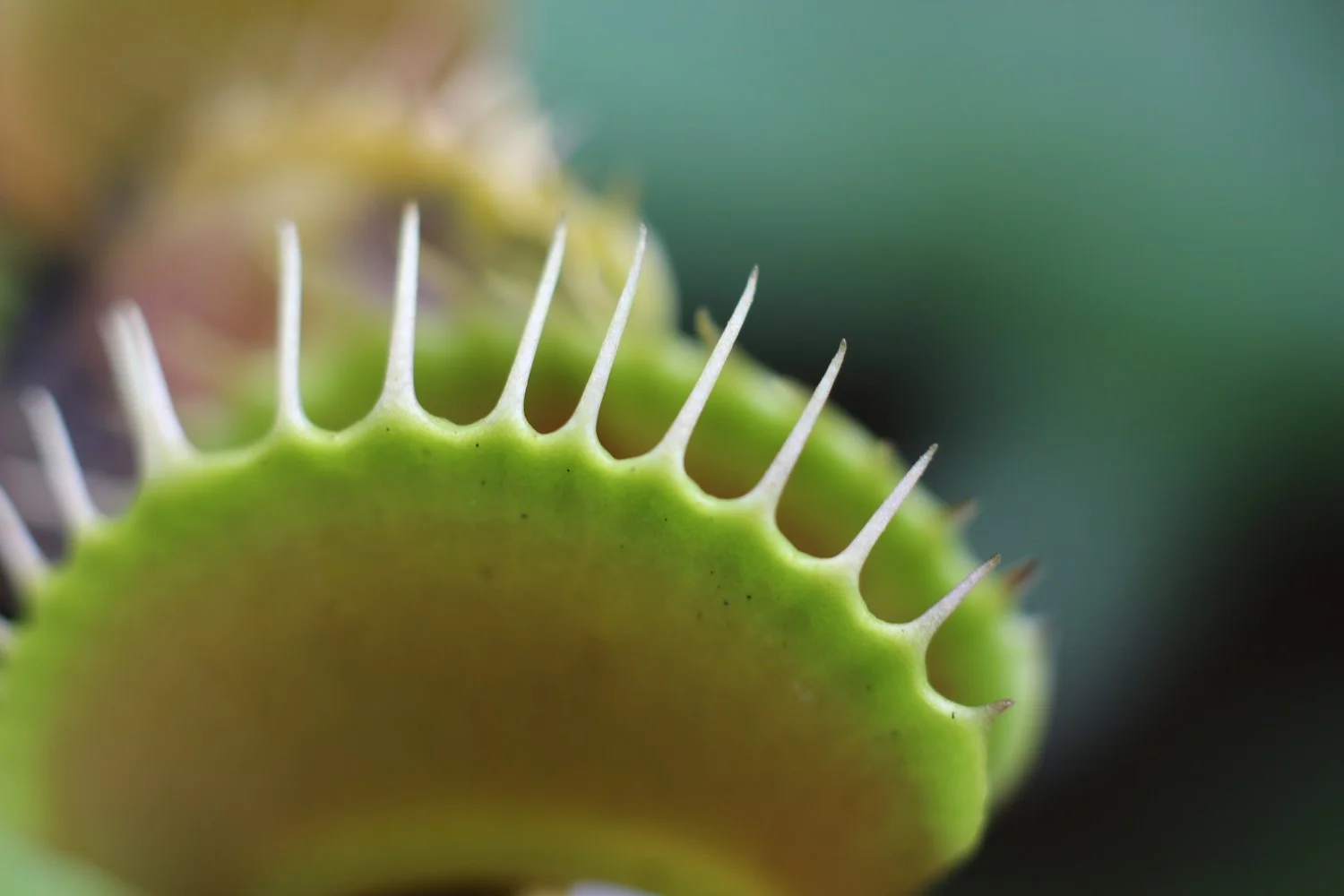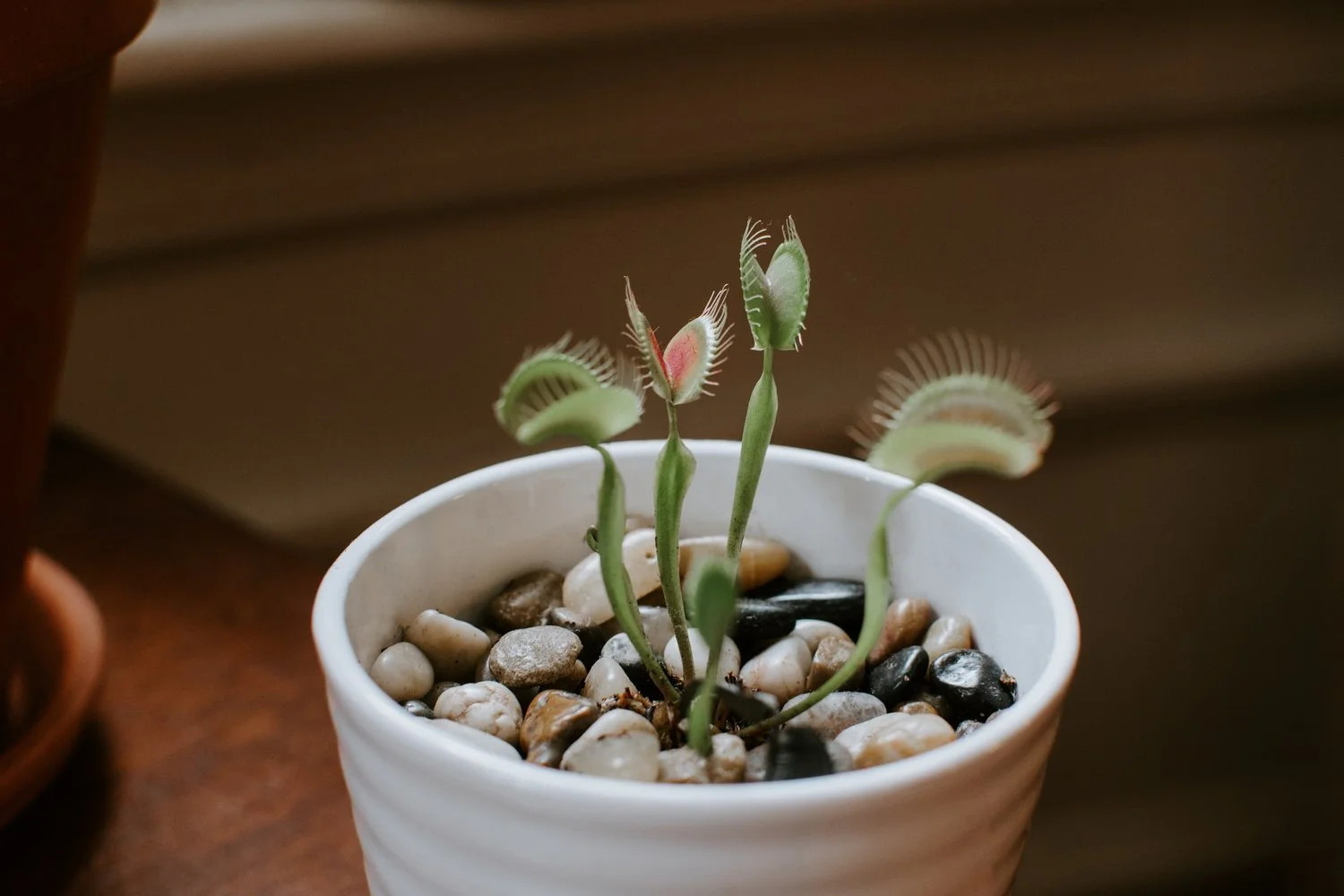The Secret to Thriving Venus Flytrap Plants: Mastering the Art of Watering
The Venus Flytrap is a unique and fascinating plant that has captured the hearts of plant enthusiasts for centuries. With its delicate leaves and mesmerizing traps, it's no wonder why so many people are drawn to this plant. However, one of the most common mistakes that Venus Flytrap owners make is improper watering. In this blog post, we will dive deep into the art of watering Venus Flytrap plants to help you take your plants to the next level.
First and foremost, it's important to understand that Venus Flytrap plants are native to the wetlands of the southeastern United States. This means that they are used to growing in environments that are consistently moist, but not waterlogged. This is a crucial point to keep in mind when watering your Venus Flytrap. It's important to strike a balance between keeping the soil consistently moist but not allowing it to become waterlogged.
When it comes to watering your Venus Flytrap, there are a few key things to keep in mind. First, it's important to use rain, distilled, or purified water, as tap water can contain high levels of chlorine and other chemicals that can harm your plant. Rain, distilled, or purified water is free of these chemicals and will help your Venus Flytrap thrive. Even if you live in an area that doesn’t add chemicals to your drinking water, often it contains too many minerals for the plant to survive.
Another important aspect to keep in mind is the frequency of watering. Venus Flytrap plants should be watered regularly, but not over-watered. A good rule of thumb is to water when the soil is dry to the touch. This will ensure that the plant is getting enough moisture without becoming waterlogged. Keep in mind that Venus Flytrap plants may require more or less water depending on the environment they are in, such as the temperature, humidity, and light level. It is often recommended to leave your plant in a shallow dish of water to ensure the soil never really dries out. This is not essential but can be very helpful.
It's also important to note that Venus Flytrap plants are sensitive to changes in the environment. Therefore, it's important to avoid sudden changes in watering, such as watering them less or more than usual. Doing so can cause stress to the plant, which can lead to poor health or even death.
Lastly, a good way to ensure that you are watering your Venus Flytrap plants properly is to keep an eye on their health of the plant. A Venus Flytrap that is healthy and thriving will have bright green leaves, and the traps will be open and ready to catch their prey. On the other hand, a Venus Flytrap that is not getting enough water will have wilted or yellow leaves, and the traps will be closed or limp.
In conclusion, watering Venus Flytrap plants can be a delicate balancing act, but with the right approach, you can ensure that your plants are healthy and thriving. By using the right type of soil, container, and water, and by keeping an eye on the health of your plant, you'll be able to provide your Venus Flytrap with the perfect conditions to grow.
Looking for more plant secrets? Go get LEAVE IT THE FUCK ALONE Out Now!


